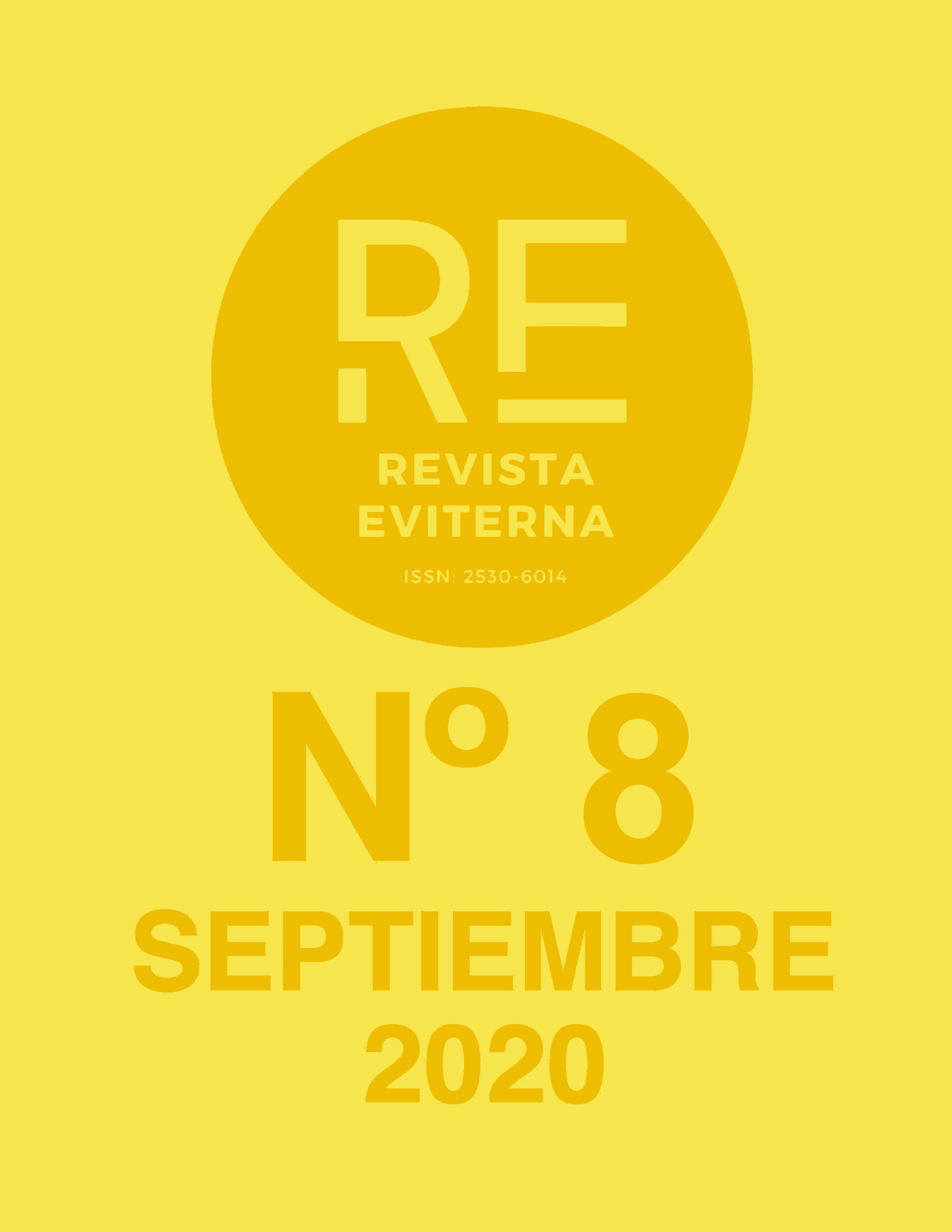Terror and bureaucracy: the theater of the Grand Guignol of Paris and censorship
DOI:
https://doi.org/10.24310/Eviternare.vi8.9826Keywords:
theater, france, terror, burocracy, censorshipAbstract
The Grand Guignol of Paris was a theater company specialized in representing short
plays, the most recurring genre being that of terror, with works plagued by sadis m,
cruelty and exacerbated violence. From the very beginning, the Grand Guignol had
problems with censorship, in the form of impediments to grant the so called visas or
authorizations that allowed the representation of the different shows. This article
exa mines different cases of censorship to which the Gr and Guignol was submitted, the
way in which they were evaded, the effect it produced on the company's progress, and
the way in which such censorship cases served as a reflection of the socio political
cont ext in the Paris of the time.
Downloads
Metrics
References
Hand , Richard J., y W ilson, Michael. (2007) London´s Grand Guignol and the theatre of horror Exeter, Reino Unido University of Exeter Press.
(2013). Grand Guignol. The French theatre of horro r Exeter, Reino UnidoUniversity of Exeter Press.
Hunter , Jack. (2011). Chapel of gore and psychosis; The Grand Guignol Theatre . Hove,EE.UU. Creation Books.Méténier, Oscar. (1891). Les Voyous au Théâ tre. Bruselas: Henry Kistemaeckers.
MouëzyEon, And ré. (1963). Les adieux de la troupe. París La table ronde.
Pierron, Agnès (1995). Le Grand guignol: Le théâtre des peurs de la Belle Époque. Paris, Francia: Robert Laffont, S.A. (2002). Les nuits blanche s du Grand Guignol . París, Francia Seuil
Rivière , François y Wittkop, Gabrielle. ( 1979). Grand Guignol . París, Francia: Henri Veyrier.
Thalasso, Adolphe (1909). Le Théâtre Libre. París : Mercure de
Anónimo. (1897) Le censure et Montmar tre. Le journal , 16 de abril 1897
Gegnon, Paul. (1897) Au Grand Guignol. Le XIX Siècle , 16 abril 1897
Downloads
Published
How to Cite
Issue
Section
License
All the contents published in Revista Eviterna are subject to the Creative Commons Reconocimento-NoComercia-Compartirigual 4.0 license, the full text of which can be found at <http://creativecommons.org/licenses/by-nc-sa/4.0>
They may be copied, used, disseminated, transmitted and publicly exposed, provided that:
The authorship and original source of your publication (Journal, editorial and URL of the work) are cited.
They are not used for commercial purposes.
The existence and specifications of this use license are mentioned.

Copyright is of two kinds: moral rights and patrimonial rights. Moral rights are perpetual, inalienable, inalienable, inalienable, inalienable and imprescriptible prerogatives.
In accordance with copyright legislation, Revista Eviterna recognizes and respects the moral rights of the authors, as well as the ownership of the economic right, which will be transferred to the University of Malaga for dissemination in open access.
The economic rights refer to the benefits obtained by the use or disclosure of the works. Revista Eviterna is published in open access and is exclusively authorized to carry out or authorize by any means the use, distribution, disclosure, reproduction, adaptation, translation or transformation of the work.
It is the responsibility of the authors to obtain the necessary permissions of the images that are subject to copyright.






12.png)
